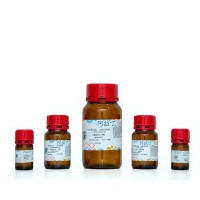Measuring DNA Precursor Pools in Mitochondria
互联网
602
The ability to measure molar concentrations of deoxyribonucleoside 5′-triphosphates (dNTPs) within the mitochondrial matrix is important for several reasons. First, the spontaneous mutation rate for the mitochondrial genome is much higher than that for the nuclear genome, and dNTP concentrations are known determinants of DNA replication fidelity. Second, several human mitochondrial diseases involve perturbations of nucleotide metabolism, and dNTP pool analysis can help us to understand the consequences of these abnormalities. Third, it is important to understand how mtDNA is supplied with precursors in non-cycling cells, where the cytosolic machinery that supplies dNTPs for nuclear replication is downregulated. Fourth, the toxicity of several antiviral nucleoside analogs involves their metabolic activation within mitochondria, and dNTP pool analyses can help us to understand the processes leading to toxicity. Analyses of dNTP pools in whole-cell extracts from tissues or cultured cells are carried out either by HPLC or by an enzymatic method using DNA polymerase and defined templates. Because dNTP pools are much smaller in mitochondria than in whole cells, HPLC lacks the sensitivity needed for these measurements. The enzymatic method possesses sufficient sensitivity and is the method described in this chapter.








